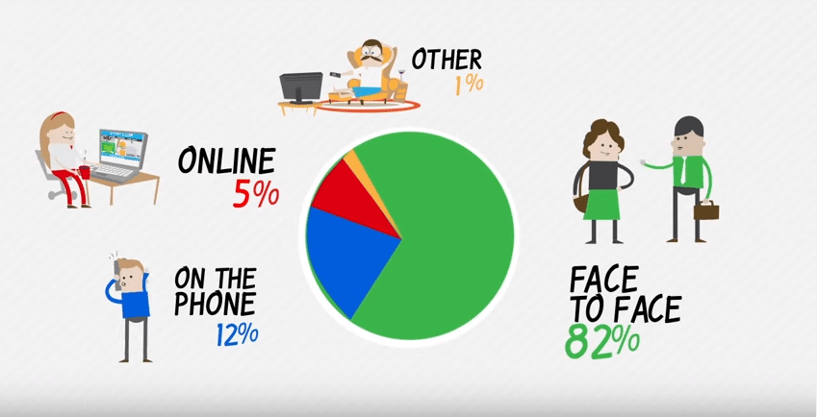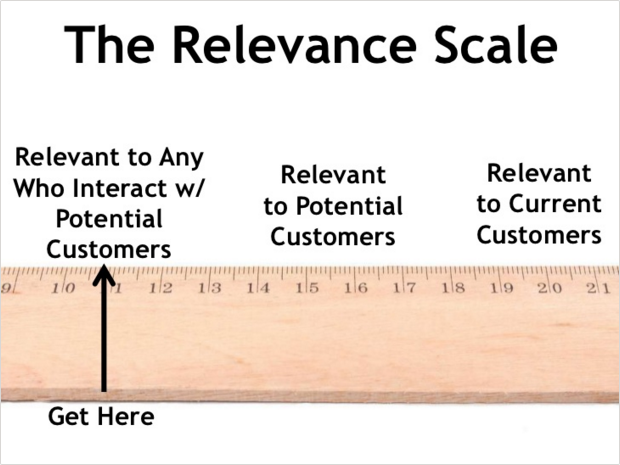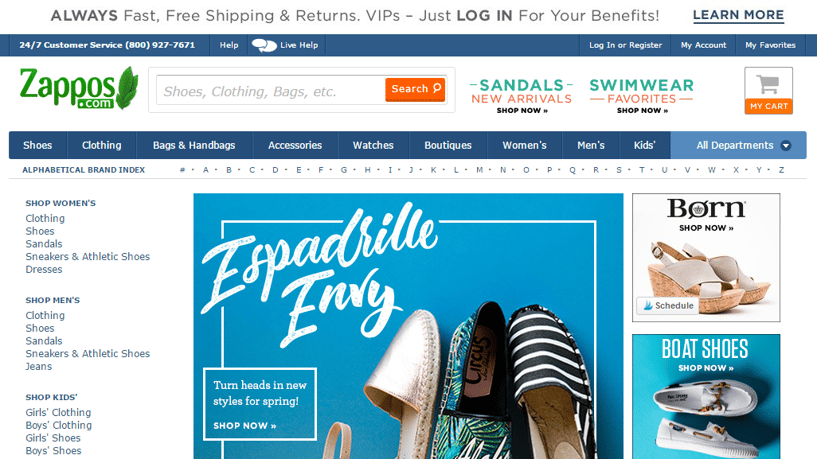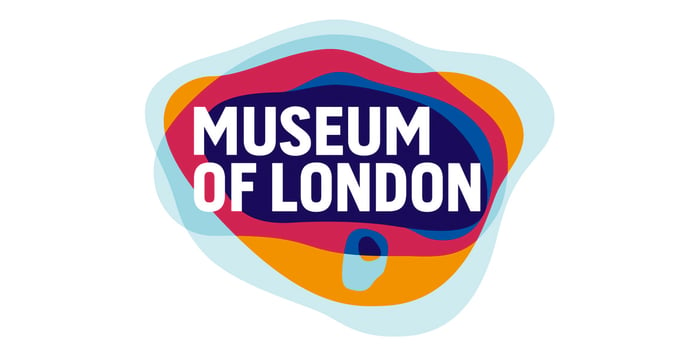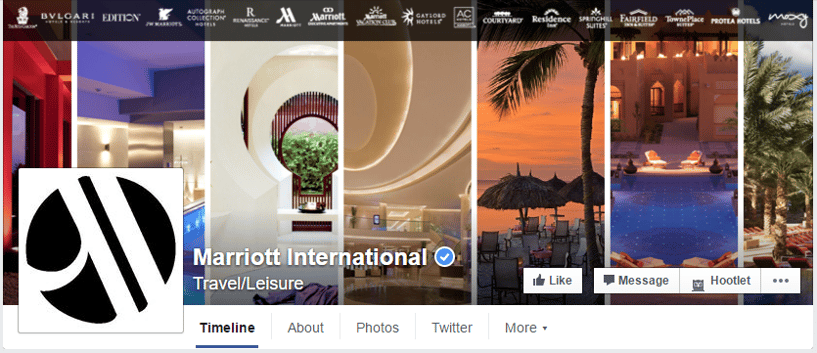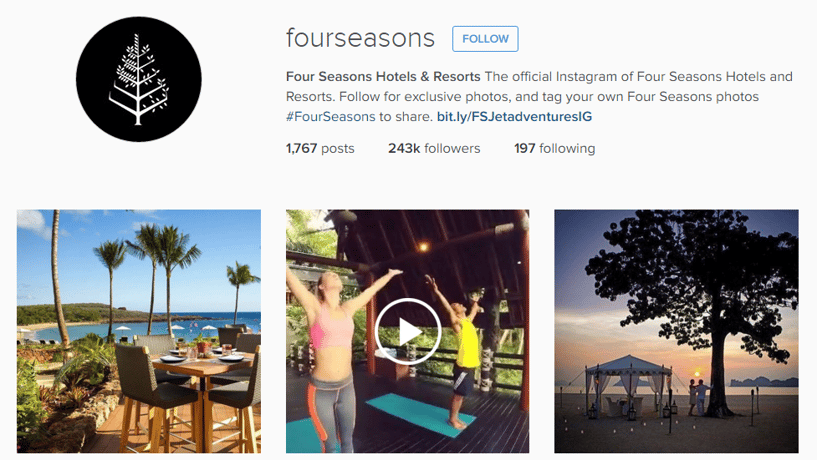Branding is one of the most important tools a hotel has to distinguish itself and its unique offerings. Today, we’re looking at 4 building blocks to help you use your brand to drive memorability, loyalty and increase bookings.
Here is David Ogilvy’s definition of a brand: “The intangible sum of a product’s attributes: its name, packaging, and price, its history, its reputation, and the way it’s advertised.”
And here is Jeff Bezos, the founder of Amazon’s: “Your brand is what people say about you when you are not in the room.”
If you sum up these 2 quotes, a brand can be defined as your hotel’s features, the methods used to promote it and the effect this has on your audience.
If your branding makes a positive impression on people, they will speak highly of you to everybody they know. This positive word of mouth, both in person and online, will get you more bookings and revenue.
However, poorly done or non-existent branding will lead to ridicule or, worse, your hotel dropping off the map entirely.
Properly branding your hotel will drive memorability and loyalty among your audience, and help you get more direct bookings. We’ll show you 4 foundations of a strong brand below.
- Understand your audience
- Get employees to reflect your brand
- Be consistent with design
- Display on social channels
1. Understand your audience:
Most of the people who will spread your brand are your guests and potential guests.
If your branding strategy resonates with them, they will become your lifelong fans and recommend you to everyone. This can lead to a lot of bookings: word of mouth marketing is one of the most reliable forms of marketing out there.
As discovered by Google Small Business, only 5% of word of mouth conversations happen online while 82% happen face to face. The only way to exert influence over your guests’ face to face conversations is through good branding – this is one of the things that are very difficult to track and measure.
If your brand doesn’t resonate with your customers, you’ll generate very few customers through word of mouth marketing.
Your branding needs to impact two sets of people: the guests, and the people who influence them. Reaching influencers might take a lot of work, but it can increase exposure quickly, as Buffer discovered.
Buffer is a social media marketing tool. When they started blogging, all they published were social media tips.
After Leo Widrich, the founder of the company, went through the Content Marketing Manifesto slides, he decided to change his blogging strategy. Widrich realised he needed to create content that reached not just customers, but influencers too.
He began posting content on productivity and creativity along with content marketing. This boosted shares by 4 times.
Buffer did their branding through content marketing because their entire marketing and branding strategy centres on their blog.
In a similar fashion, you should create a branding strategy around your hotel’s main marketing method. For many hotels, those methods are paid search ads.
Influencers can be anyone: chefs, hoteliers, bloggers, social media influencers, even hotels themselves. But make sure you choose your influencers wisely. Instead of trying to reach all of them, only go for the most relevant ones. If you are a budget hotel, don’t try to get the attention of influencers who are only interested in luxury hotels.
To create a branding strategy that will have an impact on influencers and customers, you need to understand them first. You can learn all about how to do this by reading this post. We cover everything from conducting research to creating empathy maps and personas.
2. Get your employees to reflect your brand too:
According to Tony Hsieh, CEO of Zappos, your culture is your brand. In the past, Hseih says, the brand of the company was decided by a few people. The company then spent a lot of money advertising and promoting this brand. But now things are different.
With the rise of the internet, companies have become transparent. When employees have a bad experience at a company, they can leave a review on Glassdoor or write a think piece about it. Conversely, if employees love their jobs, that will be reflected in their work, their attitude, and how they relate to their employer online.
Create a culture and brand, and hire employees that suit it. Ideally, your employees should talk highly of the company not only while at work, but while outside too.
Along with your influencers and customers, your employees will generate word of mouth. This isn’t something you can control, except by creating a positive, hard-working culture that lets employees come together, thrive and leaves them room to grow.
Here are a few tips that will help you create a culture and brand your employees will be happy with…
- Ask current employees what they believe the culture and brand of your hotel is. If it doesn’t match what you feel it is, revise your strategy.
- When you hire new employees, make sure they will suit your brand and educate them all about it.
- Keep employees happy. Have activities that bond them as a team, make sure lines of communication are open both horizontally and vertically, and incentivize them to grow.
Taking these steps will actually get your hotel more revenue. A study by Wharton professor Alex Edmans found that firms with high levels of employee satisfaction earn 2 times more than the average player in the market.
3. Be consistent with design:
Once you’ve done your research and gathered information about your customers, their influencers and your employees, you should be able to create a brand that suits them. The simplest way to reflect this brand in your marketing efforts is through design. Your logo, colours, fonts should all be based on this research.
You can use colours they like, fonts they find easy to read and logos that narrate stories that connect with them at an emotional level.
A great example is the Museum of London’s logo. The beautiful colours present behind the text represent how London expanded geographically throughout history. As the people who visit the Museum of London are to some extent interested in history, this logo is both pleasing to the eye and meaningful.
The design should be used across all your material. This includes marketing and non-marketing material.
Marketing materials like your website, newsletters, brochures should contain this design. As soon as someone glances on any of your marketing material they should know which hotel it belongs to. This is what branding is.
Your non marketing material is the collateral that you distribute to your guests. Hotel stationary, pencils, envelopes, lotion andshampoo bottles, laundry bags, etc. should have your logo and be designed with the same colours as your marketing material. Here are some great examples.
Your guests will take things like the little shampoo bottles with them when they check out. When they see them, they’ll be reminded of you, and if they put them in the guest bathroom their guests will too!
Some people might visit your website after seeing the logo and name of your hotel. If the design on the item matches the design on the website it will lead to more conversions – message match is a powerful factor.
Along with design, make sure your copy is consistent across all your materials. Again, it should be written in a way that pleases your audience.
4. Display your brand on social media:
People online will discover your hotel either through search engines or social networks. A strong social presence is vital to a modern hotel.
Here are 2 ways to do this…
Set up similar looking accounts on all social networks:
There are dozens, even hundreds of social networks. Amongst these, only a few have millions of users. You probably won’t build a presence on all these networks. However, you should at least set up accounts on them. This way you will reserve your username and your dormant account will build a following.
The account will come in use in case you implement it in the future. Some great networks you can set up accounts are Facebook, Twitter, Pinterest, We Heart It, Tumblr, Google+, Foursquare, YouTube and Instagram.
So how do you brand these accounts?
You brand them by having a consistent design across all networks – one that matches your website and the feeling you’re trying to promote, whether that’s vitality, relaxation, security or something else. This should include:
- Name: Your accounts will have 2 names: a username and a business name. For the username, you should use your hotel’s name or something similar to it if the name is already taken, as usernames usually need to be unique across the site. For your business name, you should use your hotel’s name.
- Description: In the description, write down what services your hotel offers and what you will be sharing. You can even include a call to action that asks people to follow you. Use this same description across all your networks. You might need to modify it a bit here and there to match the word limits, but the message should be the same.
- Profile picture: For your profile picture, use your logo or an image with your hotel’s name on it. IFTTT can help you do this automatically.
- Cover image: Many social networks have cover images too – make sure you add one. This can be a graphic that contain the same colours as your hotel’s website, or a photo of your hotel. You can even use a photo of your employees.
Ensure that other details like the website address and location remain consistent too.
An example of a hotel with consistently branded social networks is Marriot International. If you check out their Facebook and Twitter accounts, you will notice that they have the same name, profile picture and cover image.
Post content that reflects your brand:
An easy way to spread your brand on social media is by sharing content that reflects it. This includes pictures of your hotel, photos of employees, informative images and blog posts. The content you share doesn’t just have to be related to hotels. It can be about everything that reflects your brand.
For example, if you are a luxury hotel that likes to attract high paying hotel guests, you can share all types of content that interests these people. For example, the launch of a new sports car or a post detailing the most expensive restaurants in the city. Be the brand these people like to be associated with.
On the contrary, if you are a budget hotel, try sharing things like money saving tips and information on the latest sales.
A hotel that knows how to display its brand on social media is Four Seasons. Check out their Instagram account and you will notice an endless stream of photos that depict luxury. This works for them as they are a luxury five-star hotel that wants to only attract high paying hotel guests.
The aim should be to use helpful and entertaining content to build a relationship with your social media followers and fans. Once you do that, you can promote your newsletter, offers and rooms and get people to make direct bookings online.
To develop a strong brand for your hotel, you must first understand your audience, the people who influence your audience and your employees. After that, you must develop the brand and ensure it is reflected on all your marketing and non-marketing materials and your social media channels.
Taking all of the above steps will ensure that you create a memorable hotel brand that drives loyalty and plenty of bookings.
What steps do you take to develop a strong brand for your hotel? Did we forget to list anything important? Let us know below.

